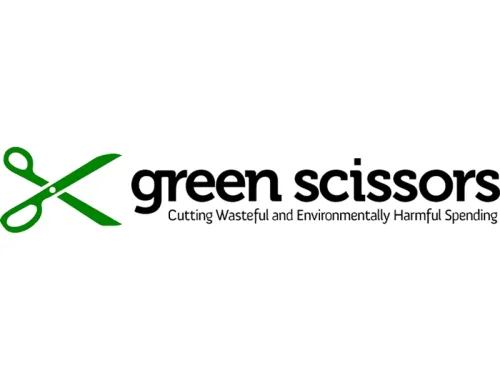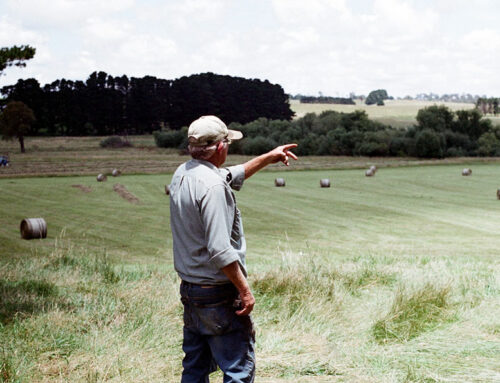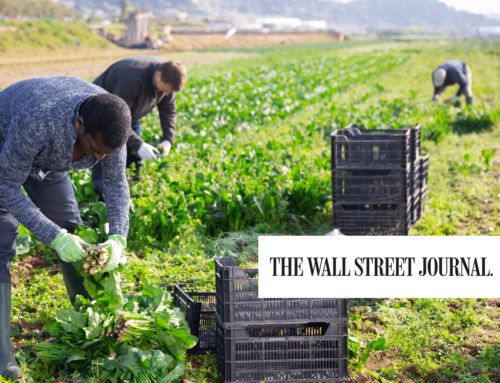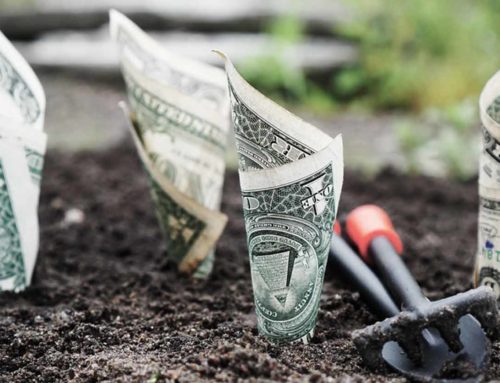Crop Insurance Companies’ Growing Profits
Insurance is always a bit like gambling. But in a bizarre twist, crop insurance pits insurance companies as the “house” and federal taxpayers as the perpetual loser. According to economists at the Center for Agriculture and Rural Development the crop insurance program cost $3.31 for every $1.00 it paid out in 2005. Since 2001, taxpayers have paid $15.1 billion to deliver just $8.9 billion to farmers. The $6.2 billion difference pays for much of the insurance industries’ administrative costs, which in turn enables the companies to make record profits, which it has four of the last five years.
Jerry Skees(pdf), an agriculture economist at the University of Kentucky, puts it this way: “Crop insurance is a good idea gone awry. It’s expensive, complex and inefficient.”
For their part, crop insurance companies recognize they have got a good thing going and are happy to spread a little political grease to protect it. The four crop insurance organizations that testified at a May 1st House Agriculture Committee hearing gave more than $1 million in political contributions over the last 10 years, the vast majority to members of that committee.
The federal government is always the insurer of last resort, opening the door to high costs, waste, and fraud. With a taxpayer supported federal backstop, there are no incentives or requirements to charge enough to develop a credible catastrophic reserve or reinsurance fund. In federal insurance programs, the U.S. Treasury is the catastrophic reserve and the U.S. taxpayer the reinsurer. With this type of guarantee there is no incentive to minimize risk.
Recent USDA Inspector General reports to Congress highlight a North Carolina corporation that used false documents(pdf) to obtain more than $9.28 million in crop insurance payments for tomatoes and sought an additional $3.8 million in payments. In another case, an Iowa family defrauded(pdf) the government in attempts to obtain $3.3 million of agriculture payments. USDA’s Risk Management Agency also overpaid five producers(pdf) nearly $400,000 by overestimating the yield from their crops.
Maximizing the likelihood of loss is another tactic for abusing the system. Farming is so fickle that you can just sabotage your crop to collect a check. Farmers in South Texas insured 6,600 acres of watermelons, though none of the nineteen farmers—all of whom were recruited for this scheme by the insurance agent’s son—had any experience growing watermelons. Not surprisingly, the crop failed and those nineteen farmers received $5.5 million in insurance payments. Before the watermelon program was closed, $47.8 million insurance claims were paid, a full 75 percent of the insured liability.
Unfortunately, we could go on.
The House Oversight and Government Reform Committee held a hearing exposing the problems with the crop insurance program that the Agriculture Committee didn’t want people to hear. In response to that hearing, Reps. Jim Cooper (D-TN) and John Duncan (R-TN) are pushing Congress to make positive steps towards addressing many of the problems with the crop insurance program. Let’s hope the taxpayer voice isn’t financially overwhelmed by the well-heeled insurance lobby.











Get Social